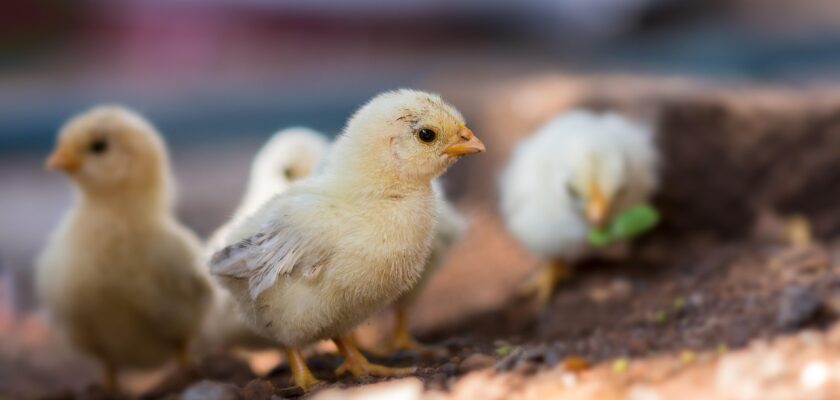Introduction to Straight Run Chickens
Backyard poultry keepers and homesteaders often encounter the term “straight run” when purchasing baby chicks. But what does straight run chickens mean exactly? Simply put, straight run chicks are sold as hatched, with no sorting by gender. That means you’re getting a mix of males and females—nature’s 50/50 split.
Raising straight run chickens can be a gamble, but also a cost-effective and rewarding experience if you’re prepared. In this ultimate guide, we’ll explore everything you need to know—from how they’re sold to managing the inevitable roosters that come with them.
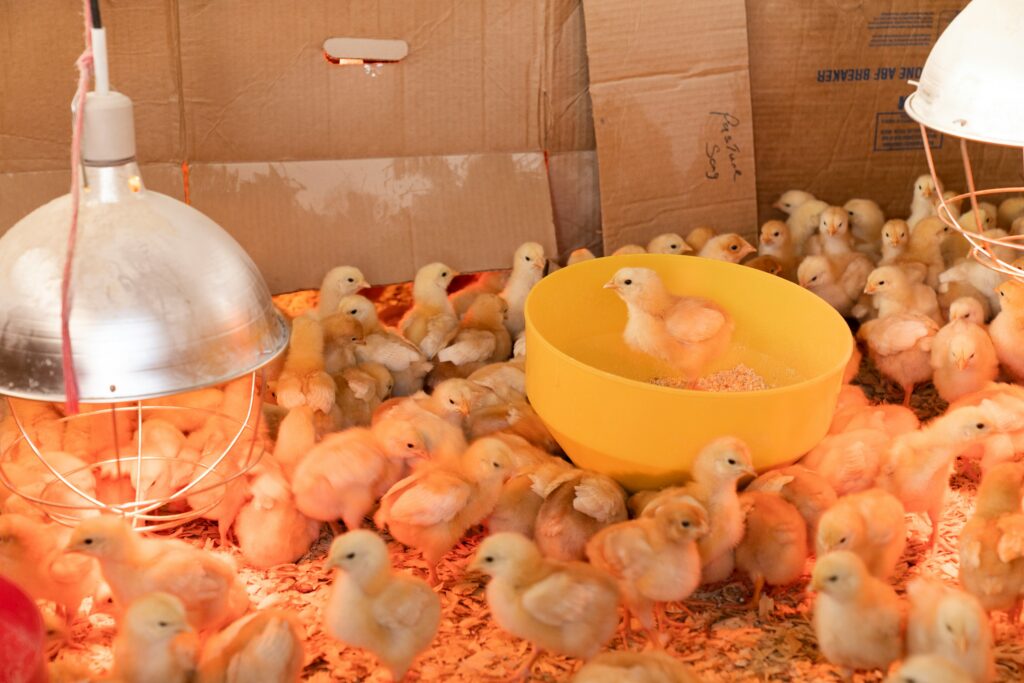
Photo by Zoe Richardson on Unsplash
Understanding Poultry Terminology
Before diving into straight run specifics, it’s important to clarify some poultry-related terms you’ll see often when buying chicks:
- Pullets – Female chicks, typically under 1 year old.
- Cockerels – Male chicks under 1 year.
- Sexed Chicks – Chicks that have been sorted into males and females.
- Bantams – Miniature chicken breeds.
- Dual-purpose – Breeds raised for both eggs and meat.
Understanding these definitions helps you make informed choices at hatcheries, feed stores, and online.
What Does “Straight Run” Mean in Chickens?
Straight run means the chicks are not sexed at all. After hatching, they’re scooped up and sold without any attempt to separate males from females. This is common with large hatches and less commercial breeds.
In essence:
Straight run = random mix of male and female chicks
Statistically, you’re likely to get about 50% pullets and 50% cockerels, though this ratio can vary slightly due to hatch unpredictability.
How Are Straight Run Chicks Sold?
Straight run chicks are often:
- Cheaper than sexed chicks (less labor involved)
- Sold in bulk at hatcheries or feed stores
- Popular with breeders, homesteaders, or meat raisers
Many hatcheries list breeds with the option to choose “straight run” alongside pullets or cockerels.
Hatchery Practices and Straight Run Selection
Most commercial hatcheries:
- Use vent sexing or feather sexing to sort chicks
- Charge extra for guaranteed females
- Offer straight run as the default for less common or hard-to-sex breeds
Vent sexing requires skilled technicians, making it more expensive for customers. Choosing straight run eliminates that cost.
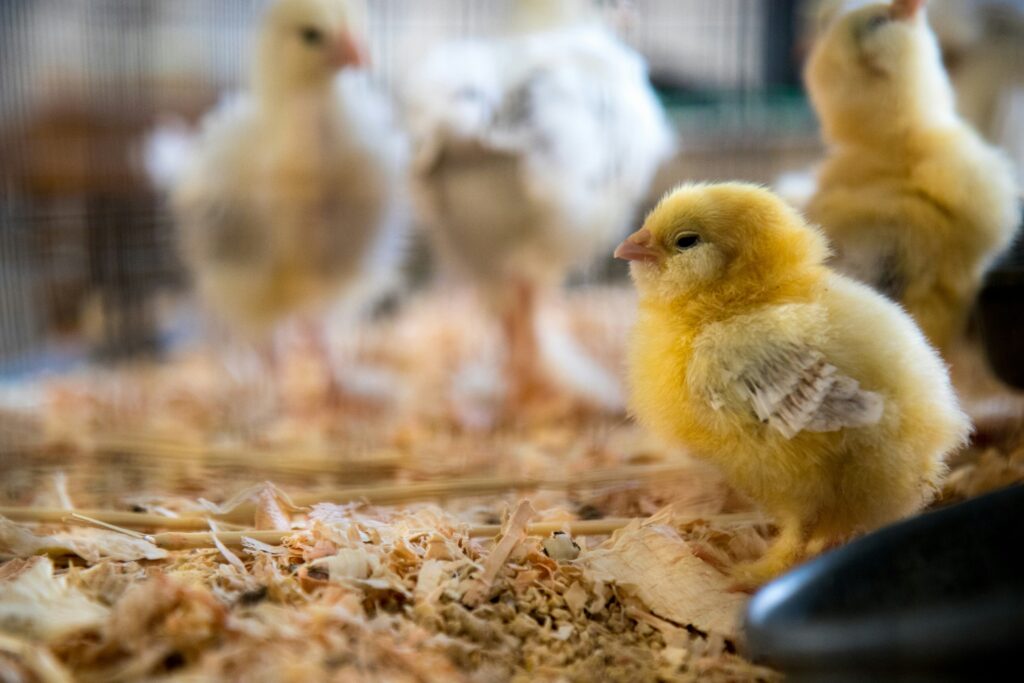
Photo by Jason Leung on Unsplash
Straight Run vs Sexed Chicks
Key Differences
| Feature | Straight Run | Sexed Chicks |
| Gender | Mixed (unknown) | Known (M/F) |
| Cost | Lower | Higher |
| Use Case | Meat, breeding | Eggs, pets |
| Risk | High (roosters) | Low |
Pros and Cons Comparison
Pros of Straight Run:
- Lower cost per chick
- Ideal for raising meat birds
- Natural flock dynamics
Cons of Straight Run:
- Surprise rooster ratio
- Local regulations may restrict roosters
- Harder planning for egg production
Why Choose Straight Run Chicks?
Cost Considerations
Straight run chicks can be 25-30% cheaper than sexed pullets. If you’re raising a large flock or dual-purpose breeds, that savings adds up fast.
Raising for Meat vs. Eggs
For meat birds (like Cornish Cross), gender isn’t as critical. Both sexes grow quickly. If you’re focused on eggs, though, buying pullets might be the smarter choice.
Risks and Challenges of Straight Run Chickens
- Too many roosters can lead to aggression, overbreeding hens, and noise complaints.
- Not all municipalities allow roosters—check local ordinances.
- Rehoming roosters is often difficult, and not all hatcheries take them back.
Common Breeds Sold as Straight Run
Dual-Purpose Breeds
- Rhode Island Reds
- Barred Rocks
- Australorps
- Orpingtons
These are excellent for both eggs and meat.
Heritage Breeds
- Dominique
- Wyandotte
- Jersey Giant
Heritage breeds are often sold straight run because sexing can be more challenging early on.
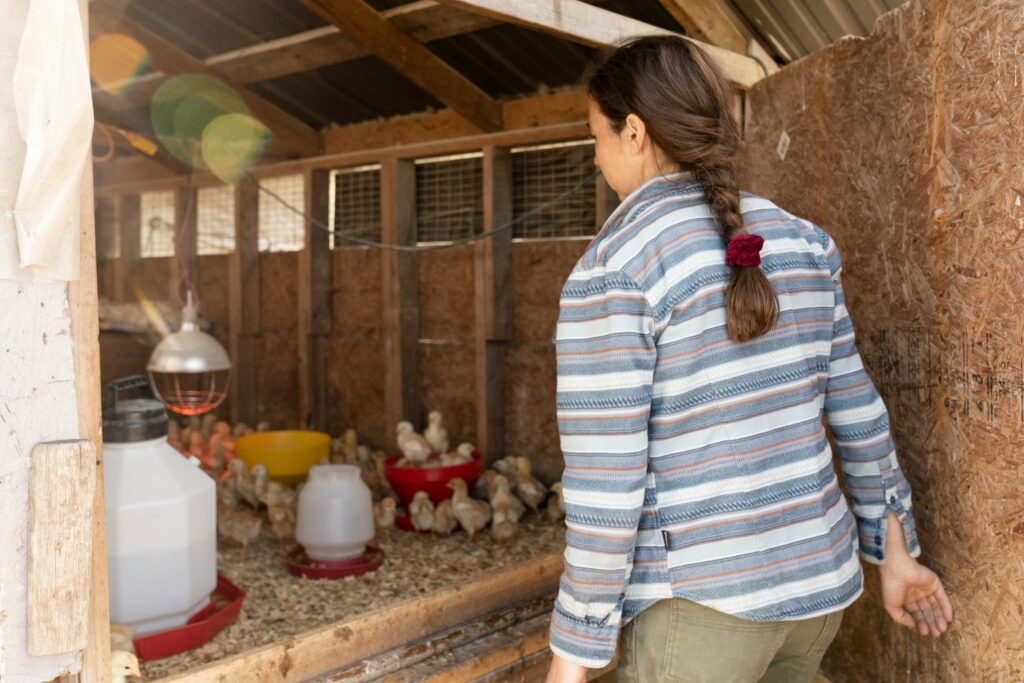
Photo by Zoe Richardson on Unsplash
Best Practices for Raising Straight Run Chickens
Brooder Setup and Space Planning
Plan for:
- Separate space to manage aggressive roosters later
- 0.5–1 sq ft per chick in brooder
- 4–6 sq ft per adult bird in coop
Feeding Recommendations
Feed chick starter (18–20% protein) for the first 8 weeks, then switch to grower feed. Avoid layer feed until hens begin laying.
Health Monitoring Tips
- Watch for bullying behavior
- Separate injured or weak chicks
- Deworm and vaccinate as needed
What to Expect: Growth and Behavior Differences
Identifying Gender as They Grow
Roosters tend to:
- Grow faster
- Develop larger combs and wattles
- Exhibit assertive behavior by 6–8 weeks
Social Dynamics and Pecking Order
A straight run flock will naturally sort itself out, but roosters can create dominance struggles. Keeping a balanced hen-to-rooster ratio (8–10 hens per rooster) is crucial.
Managing Roosters in Straight Run Flocks
Legal and Noise Considerations
Many suburban and urban areas prohibit roosters. Check:
- HOA rules
- Zoning laws
- Local ordinances
Rehoming or Processing Extra Roosters
Options include:
- Selling or trading via local poultry groups
- Processing for meat (if permitted)
- Donation to farms or educational programs
Integrating Straight Run Chicks into Existing Flocks
- Wait until chicks are 6–8 weeks old
- Introduce gradually with a see-but-don’t-touch method
- Monitor closely for aggression or pecking

Image by Aamir Mohd Khan from Pixabay
Ethical Considerations in Buying Straight Run
Straight run sales help hatcheries avoid culling unwanted roosters—a sad but real practice in commercial egg farms. Supporting straight run programs may reduce unnecessary waste.
Straight Run Chickens in Homesteading
For self-sufficient living, straight run chicks:
- Offer both eggs and meat
- Create natural breeding flocks
- Provide educational value for kids and families
They’re a great choice for those aiming to live closer to the land.
FAQs About Straight Run Chickens
1. Are straight run chicks always 50/50 male and female?
Not always. While the goal is roughly 50/50, natural variation can skew the ratio slightly.
2. Can I tell the gender of chicks at home?
Not reliably at hatch. Some breeds can be feather-sexed, but most require 6–8 weeks for visible traits.
3. What happens if I end up with too many roosters?
You can rehome, process, or separate them. Planning for this possibility is key when buying straight run.
4. Are straight run chicks healthier than sexed chicks?
Health depends on breed and hatchery quality, not whether chicks are sexed or not.
5. Can I mix straight run chicks with pullets?
Yes, but monitor interactions closely and ensure balanced ratios to prevent stress.
6. What’s the best breed to buy as straight run?
Dual-purpose breeds like Barred Rocks or Orpingtons are great for both meat and eggs, making them ideal for straight run purchases.
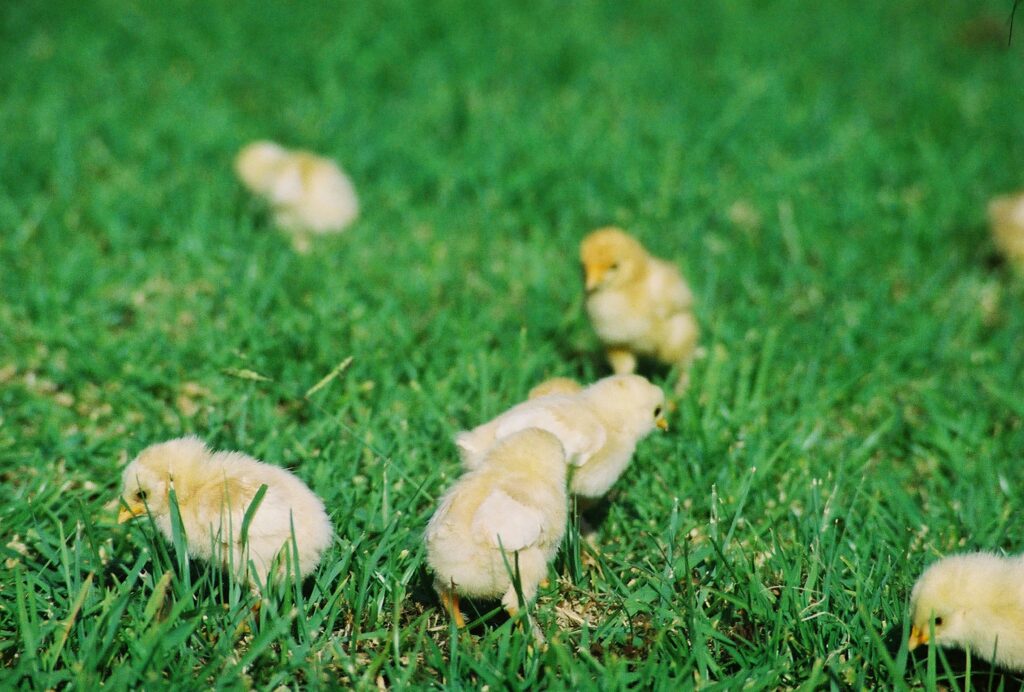
Photo by EXPANALOG on Unsplash
Conclusion and Final Thoughts
So, what does straight run chickens mean? It means getting a naturally mixed batch of chicks—both roosters and hens—at a lower cost and with higher unpredictability. For many homesteaders and poultry keepers, it’s a practical, ethical, and budget-friendly choice. With the right preparation, you can turn a straight run flock into a thriving, productive part of your backyard or farm.
